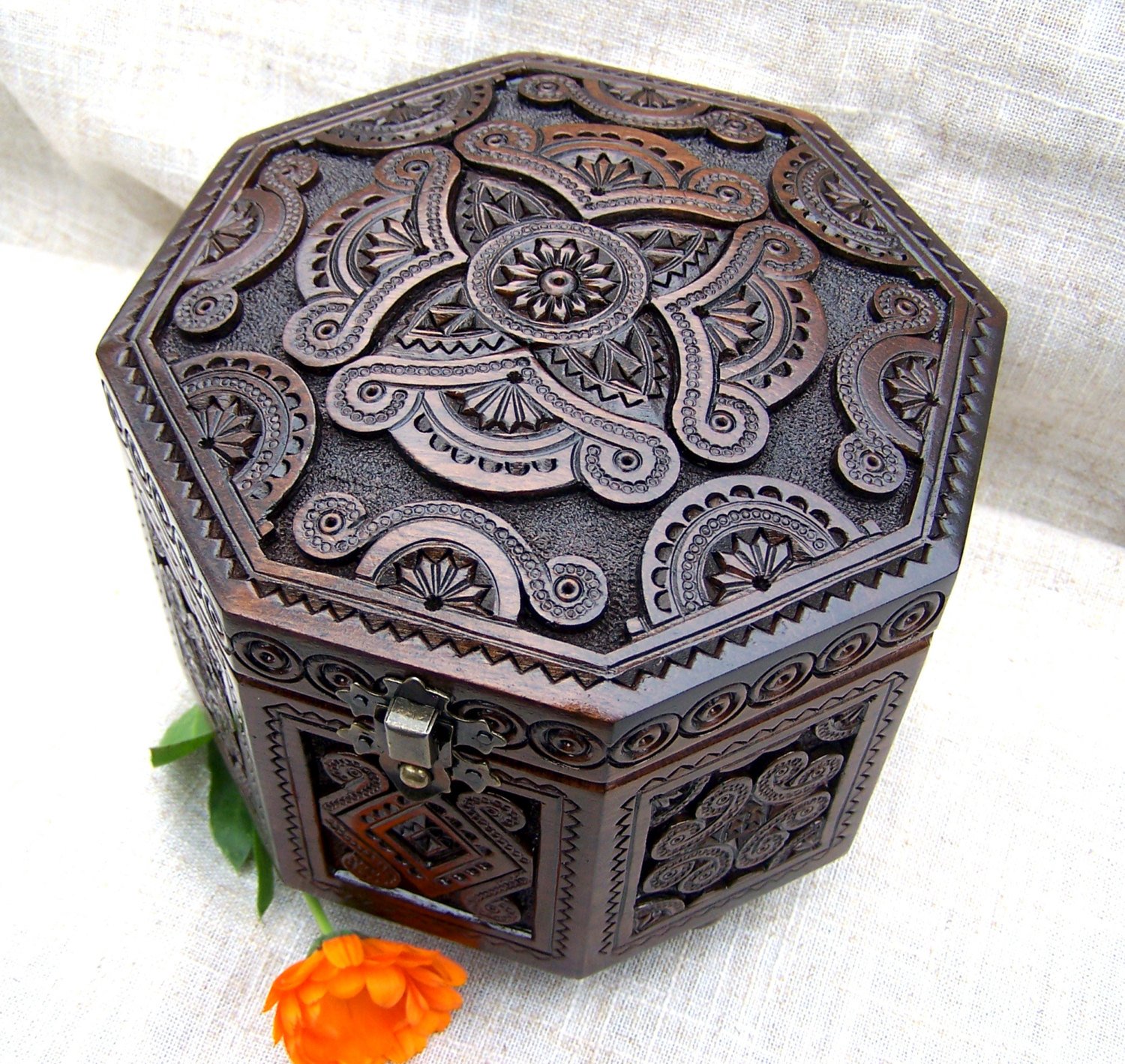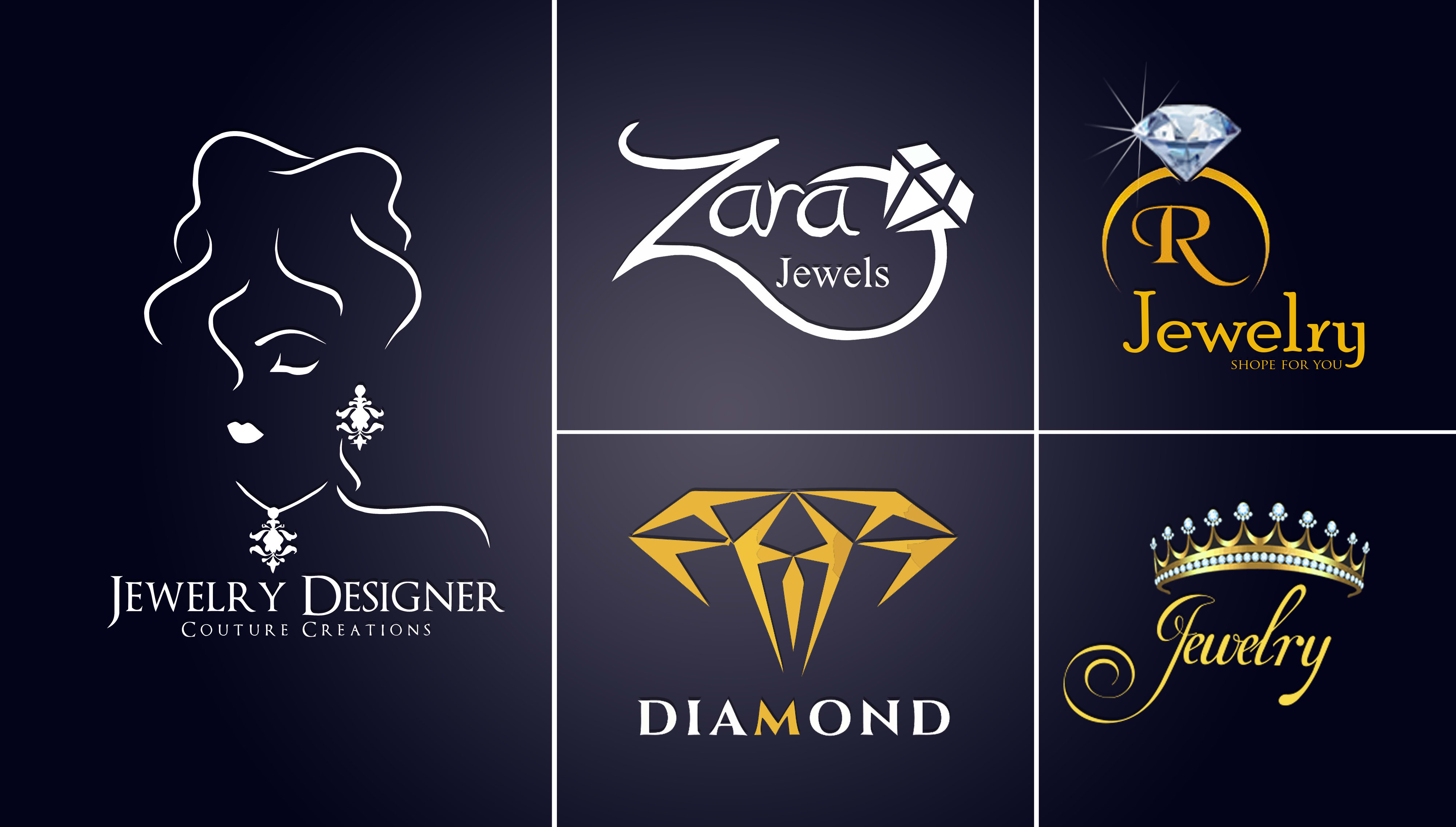Creative handmade jewelry, a captivating blend of artistry and craftsmanship, invites us into a realm of unique and personal expression. With each piece meticulously crafted, handmade jewelry embodies the essence of the artisan, carrying stories, emotions, and a touch of the extraordinary.
From the allure of bohemian designs to the understated elegance of minimalist styles, handmade jewelry transcends mere adornment, becoming an extension of our individuality and a reflection of our passions.
Introduction

Creative handmade jewelry refers to unique and artistic pieces of adornment that are crafted by skilled artisans using various techniques and materials.
The popularity of handmade jewelry has surged in recent years due to its distinctive designs, personal touch, and the growing appreciation for handcrafted goods.
Uniqueness and Personal Touch
Handmade jewelry often incorporates elements of the artist’s creativity and personality, resulting in pieces that are truly one-of-a-kind. Each piece is carefully crafted with attention to detail, reflecting the artisan’s vision and skill.
Furthermore, handmade jewelry allows for customization, enabling customers to collaborate with artisans to create pieces that align with their personal style and preferences.
Materials and Techniques: Creative Handmade Jewelry

The world of handmade jewelry encompasses a diverse range of materials and techniques, each contributing to the creation of unique and captivating pieces.
Common materials used in handmade jewelry include:
- Beads: Beads come in a variety of shapes, sizes, colors, and materials, such as glass, gemstone, wood, and metal.
- Wire: Wire, typically made of copper, silver, or gold, is used for wrapping, weaving, and creating intricate designs.
- Metal: Precious metals like gold and silver, as well as non-precious metals like copper and aluminum, are used for casting, stamping, and forging.
- Fabric: Fabric, such as silk, leather, and suede, adds texture and versatility to jewelry designs.
- Gemstones: Natural or synthetic gemstones, such as diamonds, rubies, and sapphires, bring brilliance and elegance to jewelry.
Jewelry-making techniques include:
- Beading: Beading involves stringing or threading beads onto wire, thread, or leather to create necklaces, bracelets, and earrings.
- Wire wrapping: Wire wrapping is a technique where wire is wrapped around beads, stones, or other elements to create intricate designs.
- Metalworking: Metalworking techniques include casting, forging, and stamping to shape and form metal into jewelry pieces.
- Macrame: Macrame involves knotting cords or threads to create intricate patterns and designs.
- Enameling: Enameling is the process of fusing glass to metal, creating colorful and decorative effects.
The combination of different materials and techniques allows jewelry makers to create a vast array of styles, from delicate and minimalist to bold and statement-making.
Design Elements

Design elements are fundamental building blocks in handmade jewelry creation. Understanding and effectively combining these elements empowers artisans to craft visually stunning and emotionally evocative pieces.
Key design elements include color, texture, and shape. Each element possesses unique characteristics that contribute to the overall aesthetic and message of the jewelry.
Color
Color is a powerful design element that can evoke a wide range of emotions and convey specific meanings. Warm colors like red and orange radiate energy and passion, while cool colors like blue and green instill tranquility and serenity. Contrasting colors create visual interest, while complementary colors enhance each other’s beauty.
Texture
Texture adds depth and dimension to jewelry. Smooth surfaces convey elegance, while rough textures create a rustic or earthy feel. Combining different textures can create visual complexity and tactile interest, enhancing the overall design.
Shape
Shape defines the Artikel and form of jewelry. Geometric shapes, such as circles and squares, evoke order and precision. Organic shapes, such as leaves and flowers, convey a sense of nature and fluidity. Asymmetrical shapes add dynamism and movement to the design.
By harmoniously combining these design elements, artisans can create handmade jewelry that not only adorns the body but also captivates the senses and conveys meaningful messages.
Jewelry Styles

Handmade jewelry comes in a myriad of styles, each reflecting the unique taste and personality of its creator. From the eclectic flair of bohemian designs to the understated elegance of minimalist pieces, jewelry styles offer a diverse range of options to suit every preference.
Jewelry style can be categorized into several distinct categories, each with its own characteristics and appeal.
Bohemian
Bohemian jewelry embodies a free-spirited and eclectic aesthetic. It is characterized by the use of vibrant colors, natural materials, and intricate embellishments. Bohemian jewelry often incorporates elements from different cultures, creating a unique and eclectic mix.
Minimalist
Minimalist jewelry, in contrast, emphasizes simplicity and clean lines. It is typically crafted from high-quality materials, such as gold, silver, or platinum, and features simple, geometric designs. Minimalist jewelry is often understated and versatile, making it suitable for both everyday wear and special occasions.
Vintage
Vintage jewelry refers to pieces that have been created in the past, often with a focus on specific eras. Vintage jewelry can range from antique pieces to more recent designs that draw inspiration from past trends. It is often characterized by unique details, intricate craftsmanship, and a sense of nostalgia.
The choice of jewelry style is ultimately a matter of personal preference. Whether you prefer the bohemian flair, the understated elegance of minimalist designs, or the timeless appeal of vintage pieces, there is a style of handmade jewelry to suit every taste and personality.
Marketing and Sales

Marketing and sales are crucial aspects for the success of any handmade jewelry business. Implementing effective strategies can help businesses reach their target audience, showcase their unique creations, and drive sales. This section explores various marketing and sales techniques that can be leveraged to promote handmade jewelry products.
To begin, it is essential to identify and understand the target customer segment for handmade jewelry. This involves defining the demographics, interests, and shopping behaviors of potential customers. By understanding their preferences, businesses can tailor their marketing messages and product offerings accordingly.
Establishing an Online Presence
In today’s digital age, establishing an online presence is vital for handmade jewelry businesses. Creating a website or an online store allows businesses to showcase their products, provide detailed descriptions, and facilitate online purchases. Optimizing the website for search engines () can improve visibility and attract organic traffic from potential customers.
Utilizing Social Media
Social media platforms offer a powerful tool for promoting handmade jewelry. Creating profiles on platforms like Instagram, Facebook, and Pinterest allows businesses to connect with potential customers, share product images, and engage in conversations. By utilizing relevant hashtags and interacting with followers, businesses can build a loyal following and drive traffic to their website.
Content Marketing
Creating valuable and informative content can help businesses establish themselves as experts in their field and attract potential customers. This can include blog posts about jewelry trends, tutorials on jewelry making, or interviews with industry professionals. By providing valuable content, businesses can build trust and credibility, and encourage potential customers to make purchases.
Email Marketing, Creative handmade jewelry
Email marketing remains an effective way to nurture relationships with potential customers and promote handmade jewelry products. Building an email list and sending regular newsletters can keep businesses top-of-mind and encourage repeat purchases. By segmenting the email list based on customer preferences, businesses can send targeted emails that are more likely to resonate with each recipient.
Collaborations and Partnerships
Collaborating with other businesses or influencers can help expand the reach of handmade jewelry products. Partnering with complementary businesses, such as fashion boutiques or wedding planners, can introduce products to new audiences. Additionally, working with influencers who have a strong following can generate buzz and drive sales.
Trends and Innovations

The world of handmade jewelry is constantly evolving, with new trends and innovations emerging all the time. By staying up-to-date with these trends, handmade jewelry businesses can ensure that their products are fresh, relevant, and in demand.
One of the biggest trends in handmade jewelry design is the use of sustainable materials. Consumers are increasingly interested in buying products that are made from eco-friendly materials, and handmade jewelry is no exception. Some of the most popular sustainable materials used in jewelry making include recycled metals, fair trade gemstones, and organic beads.
Emerging Technologies and Innovations
Another trend in handmade jewelry is the use of emerging technologies. 3D printing, laser cutting, and CNC machining are all technologies that can be used to create unique and intricate jewelry pieces. These technologies allow jewelry makers to create pieces that would be impossible to make by hand, and they can also help to reduce production time and costs.
Staying Up-to-Date
Staying up-to-date with trends is essential for any handmade jewelry business. By keeping an eye on the latest trends, businesses can ensure that their products are in demand and that they are appealing to the target audience. There are a number of ways to stay up-to-date with trends, including reading industry publications, attending trade shows, and following influential jewelry designers on social media.
Summary
In the ever-evolving landscape of handmade jewelry, innovation and creativity continue to push boundaries, inspiring endless possibilities for self-expression. Whether it’s a statement necklace adorned with intricate beadwork or a delicate pendant whispering a personal story, handmade jewelry remains a timeless testament to the power of human imagination and the enduring allure of craftsmanship.
FAQ Overview
What makes handmade jewelry unique?
Handmade jewelry is one-of-a-kind, crafted with meticulous attention to detail by skilled artisans. Each piece carries the imprint of the maker’s personality and vision, resulting in a truly unique and personal adornment.
How can I find handmade jewelry that reflects my style?
Explore online marketplaces, local craft fairs, and independent jewelry studios to discover a wide range of handmade jewelry styles. Pay attention to the materials, designs, and techniques used to find pieces that resonate with your personal aesthetic.
Is handmade jewelry durable?
The durability of handmade jewelry depends on the materials used and the construction techniques employed. While some pieces may require more delicate care, many handmade jewelry items are designed to withstand everyday wear with proper maintenance.
